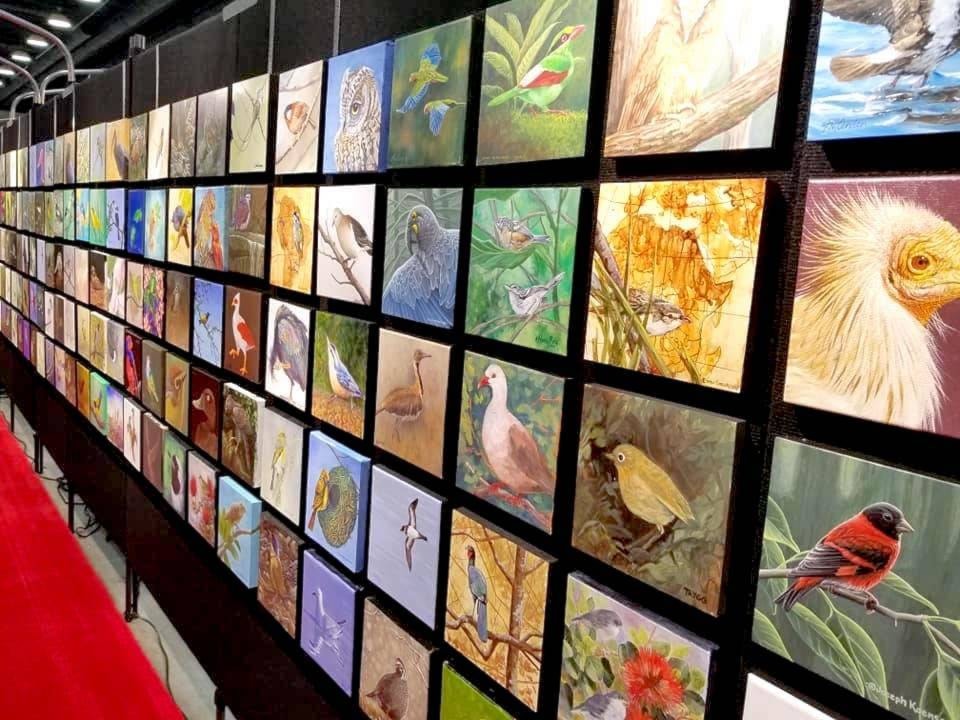By Margo Hearne
A heron flaps across the water. Its long down-curved wings seem a picture of despondence. But it is just a bird on an errand of its own. We often give creatures human characteristics — it helps us understand the day-to-day and the problems that beset us from time to time. It also provides a measure of freedom to know that we are not in control of very much as creatures carry on with their lives.
The International Ornithological Conference (IOC) in Vancouver opened last week with a parade of people dressed as birds. It was funny and creative and energizing. The masked humans walked on stilts and moved their heads as a bird might. It was colourful and engaging, and quite an introduction to a whole week devoted to birds: their lives, their behaviour, their beauty, the studies that are done on them and our basic lack of understanding of what they really are all about. If only we could fly. Even the ungainly heron does better than we do.
Almost every nation was represented at the IOC. One evening we attended a presentation given by Purnima Barman on her work in Assam, India. She received her PhD for work on a stork. She noticed, in one of the small villages, many dead Greater Adjutant Stork chicks on the ground because people cut down the trees where they nest; they just didn’t like them. They saw them as smelly, unattractive and unwholesome.
It’s true they are not the prettiest of birds, but they help to keep the planet clean of carrion and waste. Purnima’s life was changed. She started working with the women of Assam, who are shy and unlikely to speak out. She gave them a voice — she created work through making scarves and other clothing for sale and developed the “Hargila Army” of 10,000 women who now speak up for the bird. (Hargila is the local name for the stork).
Barman went into the schools, worked with the local police, and has now dragged the stork back from extinction through her drive and persistence. It has taken her 10 years. She continues to educate and train children and women on what positive things can be gained by protecting wildlife, not only for the wildlife itself, but for the humans who work with and for them. She created employment for people where there had been none.
Midori Nicholson also spoke at the gathering. Midori has a Bachelor’s of Science from Simon Fraser University and is the Fisheries Manager for the Musgamagw Dzawada’enuxw Fisheries Group, which includes the Broughton Archipelago in B.C. She explained why birds are valuable coastal indicators in her territory and their significance in Kwakwaka’wakw culture.
It struck us how similar it was to the spirit of Haida Gwaii, where work has gone on for decades to protect the lands and seas. We try to work towards integrating the lives of birds and humans.
